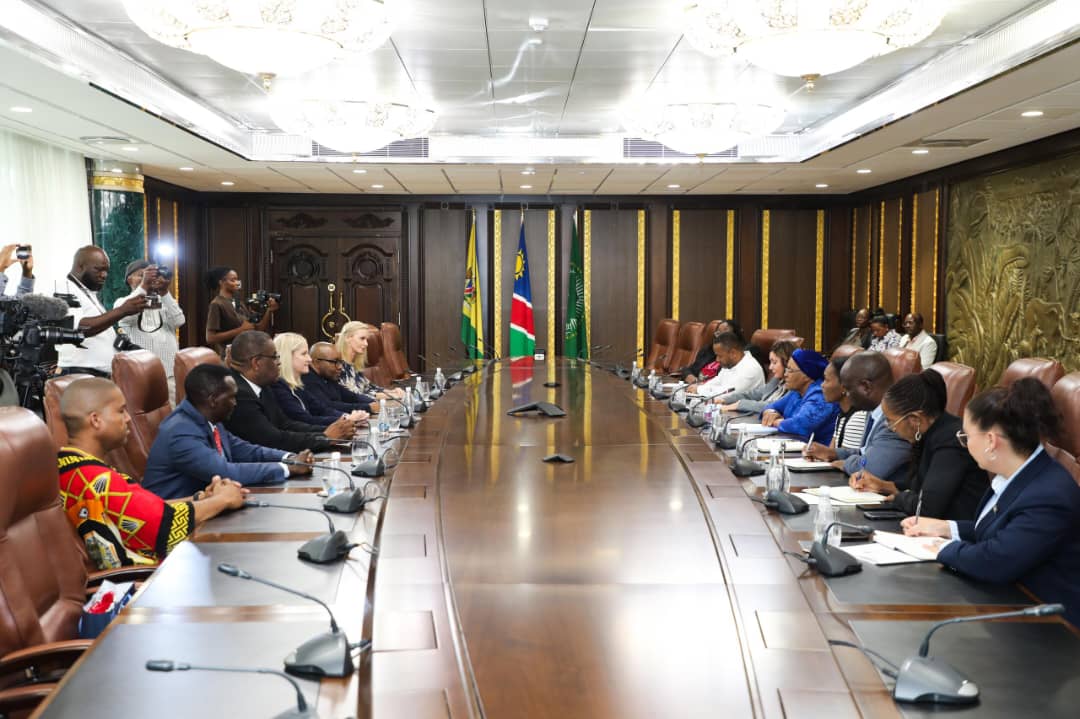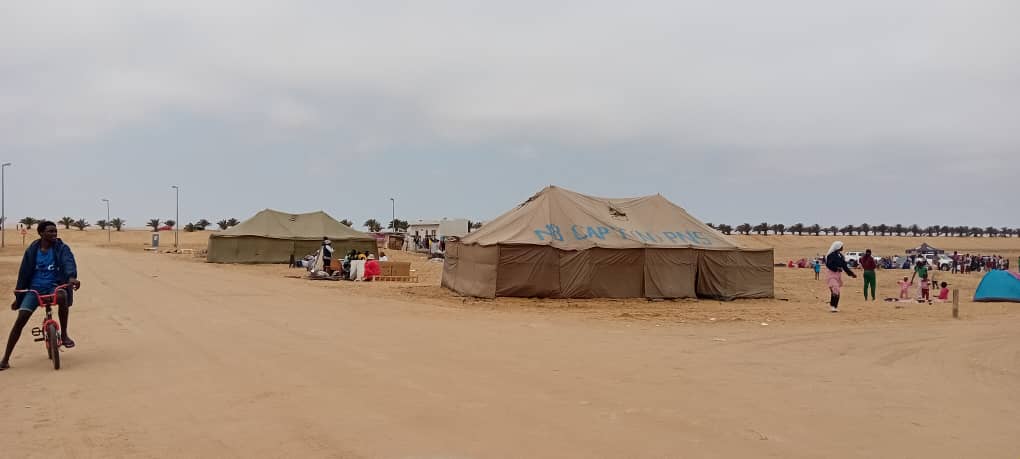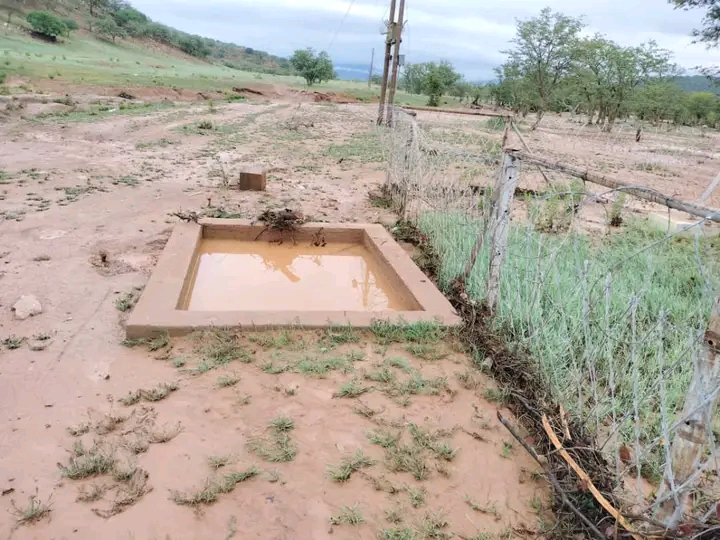JOHANNESBURG – Reams of red tape and a lack of well-planned projects, rather than external funding crimped by the credit crunch, are the main barriers to upgrading Africa’s dilapidated power sector.
While the financial crisis has inevitably made cheaper, smaller projects more attractive to governments and investors, the latter say there is still good money to be made in keeping the lights on in the poorest continent.The problem is finding a project – be it a hydropower dam or a grid upgrade – that has been mapped out from the start to cover as many technical pitfalls as possible, and cleared a way towards obtaining official seals of approval on time.Delays to either of the above can bankrupt a project before it even gets off the ground, said Theo Sakey, a power specialist at the Africa Finance Corporation, a Lagos-based bank specialising in infrastructure investment.’You have to find people with an appetite to do the early stage risk work,’ Sakey said.’At the beginning, when the project is just a concept, it’s very difficult to prove that it’s technically feasible, financially viable and environmentally sustainable. But these are the three things most financiers would want to see.’Determining commercial viability is the relatively easy part in Africa where only one in four people is linked to a grid, meaning millions produce their own power at exorbitant rates.Nigerian shopkeepers with a generator ‘out the back’, for instance, are producing electricity at up to 40 US cents per kilowatt hour, compared with an average grid rate in rich countries of 8-9 cents.’If I have a project that is going to cost me even 20 cents, there is a significant margin on that and people should be willing to pay,’ Sakey said.EARLY STARTDevelopment finance bodies such as the World Bank’s International Finance Corporation (IFC) and the US Trade and Development Agency have tried to take up the slack in the early planning stages.They are putting in money and expertise to help with initial groundwork, and helping governments streamline licensing processes that can take months to give projects the thumbs up.However, much more needs to be done to meet forecast demand in sub-Saharan Africa, where racy five per cent annual growth from 2003-2008 exposed decades of underinvestment in the power sector as grids ground to a halt.Overall, the OECD estimates Africa will need to spend up to US$500 billion in the next two decades to keep the power on.South African utility Eskom, which provides 95 per cent of South Africa’s power and 45 per cent of Africa’s, needs to invest nearly US$50 billion over the next five years to meet demand from the continent’s biggest economy.In east Africa, Kenya plans to spend US$8 billion by 2013, and Tanzania the same amount by 2030 to upgrade a creaking grid and meet demand forecast to rise six fold over that time.’Even now, with the financial crisis and commercial banks pausing in their stepping out to the power sector, there isn’t a shortage of finance for bankable power deals in Africa,’ said David Donaldson, a senior IFC adviser in Johannesburg.’The shortage is not the finance. It’s the deal flow – getting deals to come down the pipeline.’While establishing an acceptable tariff level at which to sell power to a state utility is vital, Donaldson said, the long-term creditworthiness of the utility is another weighty factor for investors looking at a 15-20 year timeline.That said, the continent of nearly one billion people does offer rich pickings for investors who can stomach the risks.Consumption can only go in one direction – the average African uses 10 per cent of the power used by a Chinese person – and most analysts believe Africa is on a more solid growth trajectory than ever before.It is also replete in production potential, with regional consultancy Frost & Sullivan saying southern Africa could generate nearly 330 000 MW through hydropower alone, although only seven per cent of that capacity has been built.’Power remains an attractive growth sector throughout Africa,’ said Andrew Johnstone, chief executive of Cape Town-based African Infrastructure Investment Managers.’Given the backlog in power infrastructure and growing demand for energy, we anticipate there will be increased investment opportunities for the private sector.’- Nampa-Reuters
Stay informed with The Namibian – your source for credible journalism. Get in-depth reporting and opinions for
only N$85 a month. Invest in journalism, invest in democracy –
Subscribe Now!










